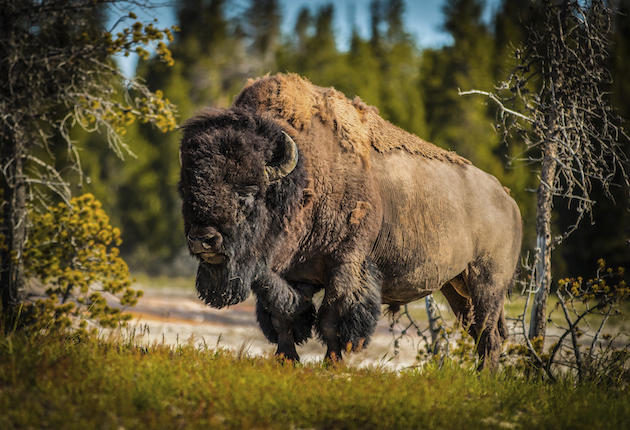Bison have had a rollercoaster ride throughout American history, with herds once darkening the horizon, to coming a hair’s breadth from extinction, to repopulating areas where they have been extirpated for generations. Today American hunters can once again hunt the shaggy “buffalo,” albeit in limited numbers. As the quintessential American animal continues to increase in numbers, politicians are pushing to make the animal the national mammal of the United States.
The bill, entitled the National Bison Legacy Act, was introduced to the halls of the Capitol Sept. 15. Senator John Hoeven of North Dakota introduced the bill, with 12 cosponsors — six democrats and six republicans.
Included in the bill were 23 separate reasons why the bison is deserving of the honor — some biological, some cultural, some even monetary. For instance, their historical importance to the western U.S., their portrayal on two state flags, their appearance on the seal of the Department of the Interior, and their depiction on the buffalo nickel were all named as reasons for bestowing the title of national mammal on the bison.
The bill unanimously passed the Senate on Dec. 3 after small changes were made to the wording. It was then referred to the House of Representatives for a possible vote.
Despite the reasoning in favor of the national status, legislative tracking website govtrack.us only gave the bill a 19-percent chance of being enacted. That number is based partially on the total number of bills that are passed each year — 21 percent — and the previous attempts to pass this specific act.
Rep. Lacy Clay, Jr. of Missouri introduced an identical bill to the House of Representatives June 25. It was referred to a committee the same day and has not seen any further action despite its companion piece being passed in the Senate. Lacy introduced the bill twice before, once August 2, 2012, and again Oct. 30, 2013 — both without being passed.

